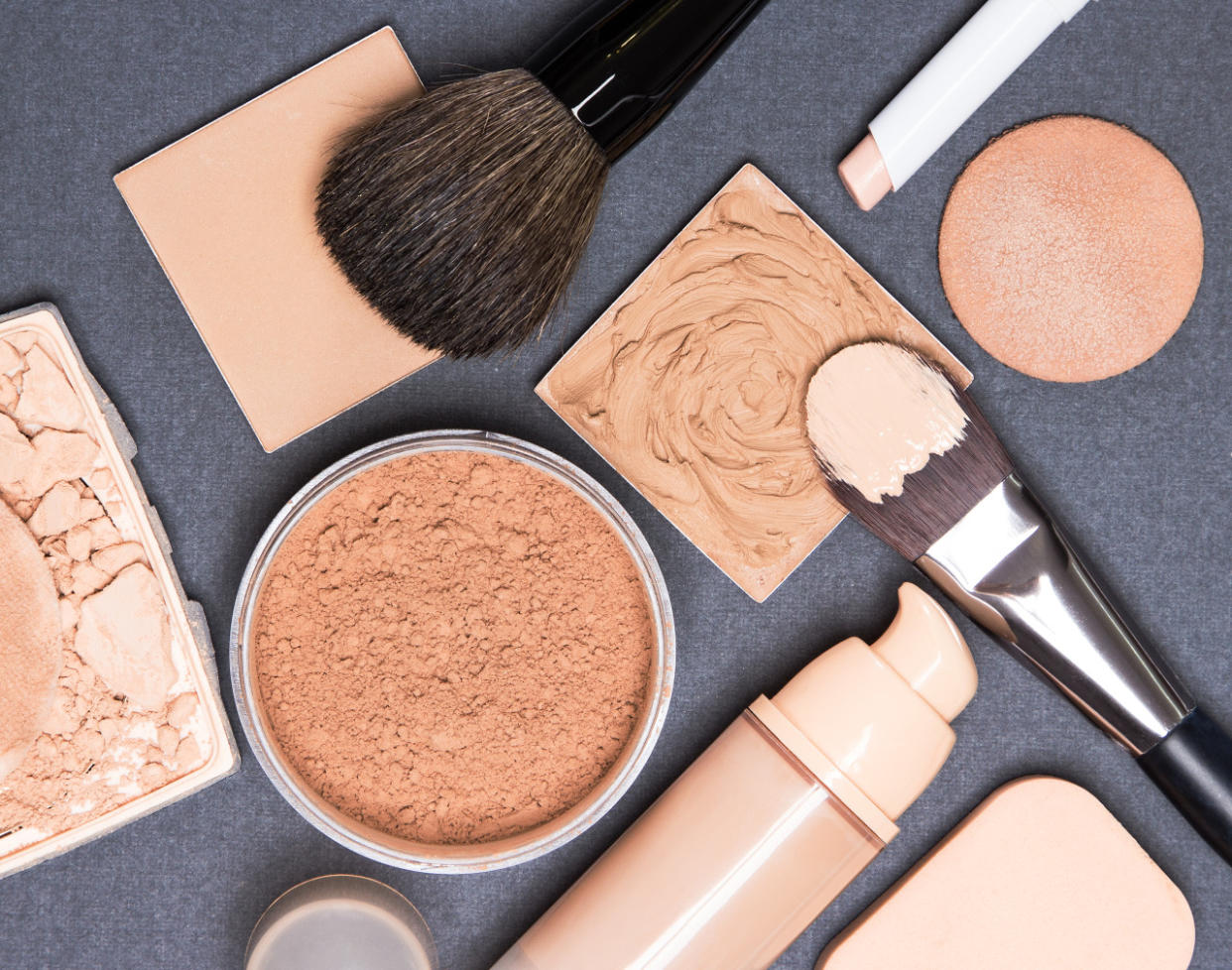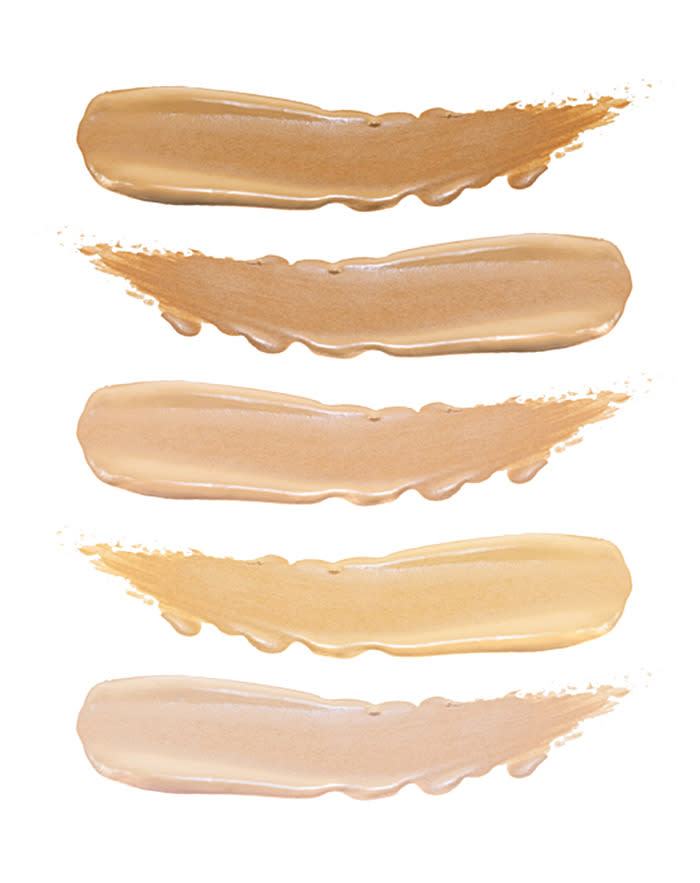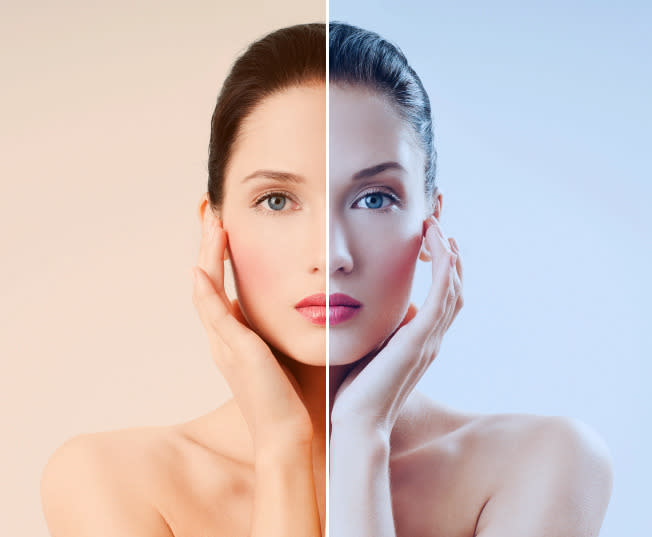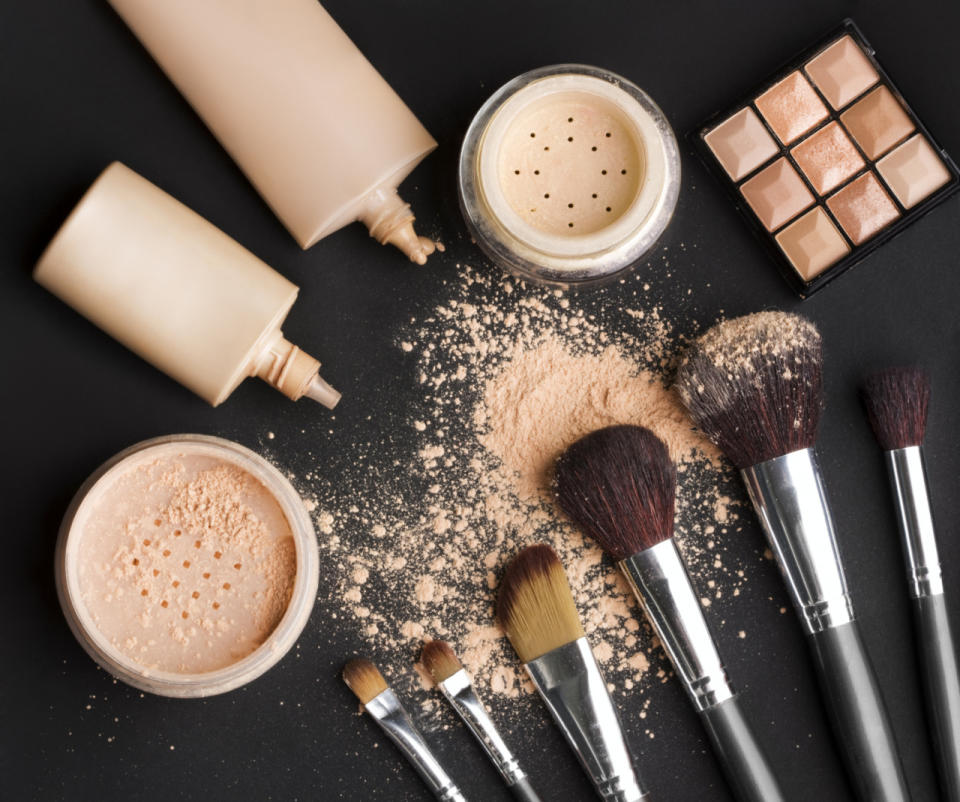3 tips to finding your perfect foundation


Have you ever found yourself stuck in the cosmetic aisle, overwhelmed by the sheer number of choices of foundation, trying to decide between “honey beige” and “sandy beige?”
You’re not alone.
There may be a huge choice of foundations available in all shades and for all skin types but this variety only makes it all the more complicated to find your perfect match.
Despite this, rest assured it only takes a little know-how to locate the foundation that’s right for you. Here are three things you need to know about before making a purchase.

Colour
Half the battle of finding the right foundation is finding your shade. It sounds simple enough, but how many times have you thought you’ve bought your exact match after trying it in-store, only to be completely horrified when you try it again at home?
It’s a common habit to test the colour of foundations on our hands but our faces are often a different colour. A more accurate way of judging the perfect colour is to swatch foundations on areas of your skin which are a similar colour to your face like your neck, jaw or chest.
Beauty displays in-store also tend to have harsh lighting which makes it difficult to determine whether or not you’ve got the right shade. Don’t be afraid to swatch a couple of shades you think are closest to your tone and walk away before making your purchase. Go outdoors to have a look at the swatches you’ve made under natural daylight. This is the most accurate way to judge if the shade is right for your skin tone.
The perfect colour should blend almost seamlessly with your skin, though an exact match might not always be available. You can try approaching assistants at makeup counters to help you find the right foundation. High-end companies may offer to mix up a unique shade for you or give you a small sample of an existing shade to try in case it’s not the right match.
Also remember that your face isn’t just one tone. You may have to also buy a slightly darker shade for areas like your forehead. The colour of our skin changes with the seasons too, so in the warmer months you may need a darker foundation than in the winter.

Undertone
Finding the perfect foundation also depends on knowing which will suit the natural undertone of your skin. Is your complexion warm, cool or neutral?
Warm coloured skin has a yellow undertone, whilst cool skin has a reddish, pinkish or bluish undertone and neutral skin tends to be a mixture of both.
Knowing your undertone can be the difference between a glowing and ashy appearance.
To figure out your undertone, look at the veins on the back of your wrist. Are they blue or green in appearance? The former means you have a cool undertone, and the latter means you have a warm undertone. If you notice you have both, or somewhere in between, your undertone is neutral.
You can also try comparing which type of jewelry looks better on — silver or gold. Silver flatters cool undertones whilst gold suits warm undertones. Still confused? Swatch both warm and cool foundation tones in order to know which works best.
That said, it may not be immediately obvious which shades are for warm or cool undertones. However, sometimes the names of shades can hint at what the undertone might be.
For example yellow based foundations may be described with words like “golden,” “bronzed,” “honey,” or “caramel,” whereas red or blue based foundations may be described as “chestnut,” “cooper,” or “blaze.” If you can’t tell which undertones are which, ask an assistant at a beauty counter to help point you in the right direction since the shade’s name may not always reflect its undertone.

Formula & Coverage
Just as important as the actual colour of your foundation, is the kind of formula you choose.
Foundation types vary from mineral, mousse, liquid, sticks, cream and cream-to-powder, so there’s something for everyone. The formula finish can be satin, semi matte or matte.
Is your head spinning yet?
Not to worry. For the most part, choosing your perfect formula depends on your personal preference. However, your skin type may also play a part.
Is your skin oily, dry, normal or combination? These characteristics can determine how long your foundation will last and how well they will work with your skin depending on the type you choose. For example, mineral foundations tend to last longer on oil-prone skin whilst a liquid formulation is more suited to dry skin.
Also consider what kind of coverage you’re looking for which can vary from sheer or light to medium or even high coverage. Decide which end of the spectrum you prefer, also taking into account what kind of formula you want to use.
Not all products types are created equal but generally mousses, tinted moisturisers or liquid foundations provide a more lightweight to medium coverage. In contrast, creams, stick foundations and mineral powders tend to provide medium to full coverage.
Interested in writing for Yahoo? Join our Blogger Network!


